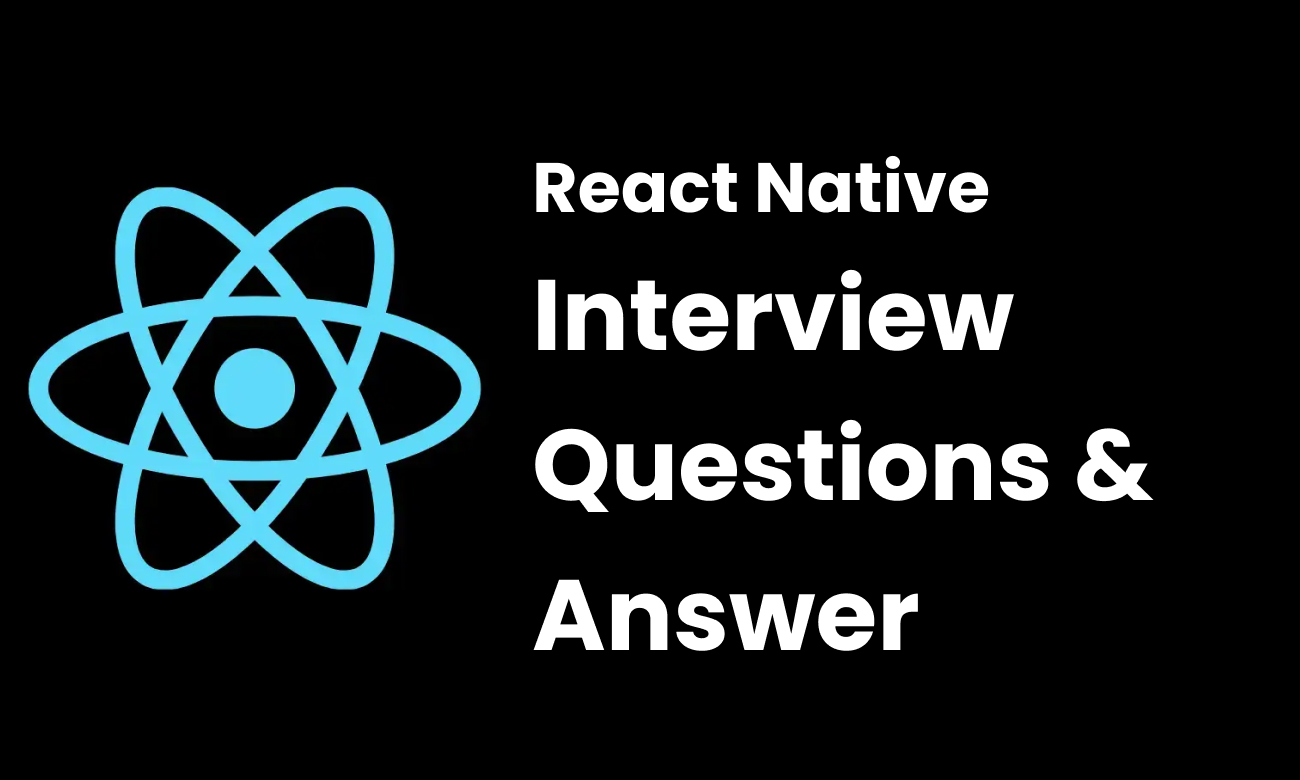The Node.js syllabus is intended to provide developers with practical knowledge of how to create fast, scalable network applications in JavaScript on the server side. It starts with a solid background in fundamental Concepts of Node.js such as event-driven architecture and event-loop, non-blocking I/O.
It goes through databases, ORM tools (Object, Relationship, Model) and more advanced concepts such as authentication, JSON, web sockets and RESTful APIs. After taking this course, the student will be capable of developing production-ready Node.js apps that have well-designed CI/CD pipelines, monitoring, and security strategies. This extensive curriculum makes one full-stack ready to develop backends at the enterprise level.
What is Node.js
Node.js is an open-source environment, that is a server-side program that works on JavaScript code beyond the browser. Node.js is written using the Chrome V8 JavaScript engine that enables developers to create scalable applications and data-intensive, real-time applications. It has a single-threaded event loop, in contrast to other server technologies, and this makes non-blocking I/O operations possible.
How Node.js Works – Advantages & Disadvantages
Node.js is based on non-blocking I/O that supports concurrent operations, allowing scalability and efficiency as it uses a single-threaded event loop as opposed to a multi-threaded one. It waits on events, and asynchronously, it issues callbacks.
Its advantages are the high performance in I/O operations, scalable, as well as the possibility to work with JavaScript both on the client and server side. It also features a large package ecosystem through npm. On the negative side, it is less useful with CPU-intensive applications because it is single-threaded, and asynchronous code may be difficult to handle errors in.
Event Loop in Node.js
The main part of the non-blocking architecture of node.js is the event loop. It enables Node.js to execute non-blocking I/O using offloading of operations to the system kernel whenever it can. The loop will listen to the events and asynchronously execute the events via callback functions. It manages operations according to stages: timers, pending callbacks, idle, poll, check and close callbacks.
Environment in Node.js
The Node.js is a composition of the runtime, libraries and the context of execution. By using environment variables (in .env files) that are loaded through process.env, developers have the freedom to assign various environments (development, staging, production) to them. This enables dynamic setting of keys required by the database, application program interface (API) keys, ports, and logging level. Such variables can be loaded with the help of such tools as dotenv.
HTTP Server
In Node.js, a client request is responded to through an HTTP server, a request is sent via the inbuilt https package. It is possible to define the logic of working with routes, headers, and status codes with the help of http.createServer() to create a server. This server listens to a certain IP address and port. The http module allows the developers to have complete control of the request-reaction cycle.
Express.js
Express.js is a simple, but powerful web application framework within Node.js that branches the simplicity of server-side development. It offers a powerful feature such as routing, middleware, HTTP utilities, and template. Express abstracts most of the low level code of constructing HTTP servers. You may specify route handlers with app.get(), app.post, etc and handle authentication, logging and error with a middleware.
Controller
In Node.js, particularly in MVC (Model-View- Controller) pattern, a controller deals with application operations, and incoming requests inside a program. It communicates with the model to read or write data and reflects the right answer to the client. With controllers, it is possible to ensure that code is modular and easy to maintain because the business logic is split up with the routing and views.
Middleware
Middleware in Node.js (commonly used with Express.js) are functions that have access to the request, response, and next function in the application’s request-response cycle. Middleware functions are used to perform tasks such as logging, authentication, data parsing, and error handling before reaching the actual route handler.
Database
In Node.js, databases are essential for storing and retrieving data. Common databases include MongoDB (NoSQL) and PostgreSQL/MySQL (SQL). Node.js connects to databases using native drivers or ORMs like Mongoose (for MongoDB) and Sequelize (for SQL). Using async/await or Promises, Node.js handles database queries asynchronously to avoid blocking the event loop. Integration with databases is crucial for user authentication, data persistence, analytics, and more.
ORM
ORM (Object-Relational Mapping) in Node.js allows developers to interact with relational databases using JavaScript objects. Popular ORMs like Sequelize, TypeORM, or Prisma abstract SQL queries into method calls, making database operations more intuitive and maintainable. With an ORM, you define models representing database tables and use methods to create, read, update, or delete data (CRUD).
File System – FS Module
The fs module in Node.js allows developers to interact with the file system for reading, writing, updating, and deleting files. It supports both synchronous and asynchronous methods like fs.readFile() and fs.writeFile(). The asynchronous nature ensures that file operations don’t block the main event loop. You can also watch files, manage directories, and handle file permissions.
Multer
Multer is a Node.js middleware for handling multipart/form-data, which is primarily used for uploading files. It integrates easily with Express.js and allows file uploads to disk or memory. You can configure storage options, file size limits, and filter types using Multer’s API. Uploaded files are accessible via req.file or req.files.
Buffer
In Node.js, a Buffer is a global object used to handle binary data directly in memory, especially during file operations, data streaming, or working with TCP/UDP protocols. Buffers are not resizable and are instances of the Buffer class. They allow you to read and write raw binary data, which is essential when interacting with lower-level streams or legacy systems. You can create a buffer from strings, arrays, or allocated memory.
Stream
Streams in Node.js allow you to read or write data continuously rather than loading it all into memory at once. This is particularly useful for processing large files, video content, or network data. There are four main types: Readable, Writable, Duplex, and Transform. For example, reading a file using fs.createReadStream() and piping it into fs.createWriteStream() enables efficient file copying.
Child Process
Node.js provides the child_process module to spawn sub-processes and execute system commands from within a Node.js script. There are four main methods: exec, spawn, fork, and execFile. These are used to run shell commands, start independent services, or parallelize CPU-heavy operations.
Logger
Logging is crucial for debugging and monitoring Node.js applications. A logger captures runtime events and records them to the console, file, or third-party services. Common logging libraries include winston, pino, and morgan. Loggers support log levels (info, debug, warn, error), timestamps, and formats like JSON. You can integrate them with monitoring tools or log aggregation services (e.g., Loggly, AWS CloudWatch).
Authentication & Authorization
Authentication verifies a user’s identity, while authorization determines access rights. In Node.js, you can implement these using Passport.js, OAuth, or custom token-based solutions. Common methods include email/password, social login, or SSO. Role-based access control (RBAC) ensures users access only permitted routes or features. Middleware is often used to validate sessions or tokens on protected routes.
JWT (JSON Web Token)
JWT is a compact, URL-safe token format used for secure authentication and authorization in Node.js apps. A JWT contains a header, payload, and signature, encoded in Base64. After a user logs in, the server generates a token and sends it to the client, who includes it in subsequent requests (usually in the Authorization header).
REST API & RESTful API
REST (Representational State Transfer) APIs follow a set of principles for building scalable and maintainable web services using standard HTTP methods like GET, POST, PUT, and DELETE. In Node.js, RESTful APIs are commonly built using Express.js, where each endpoint corresponds to a specific resource. REST encourages stateless communication, uniform interfaces, and structured URIs.
GraphQL & Apollo Server
GraphQL is a query language for APIs that allows clients to request exactly the data they need, improving efficiency over traditional REST. Unlike REST, which returns fixed data, GraphQL offers a single endpoint and flexible query structure. Apollo Server is a popular implementation of GraphQL in Node.js. It integrates seamlessly with Express and supports schema definitions, resolvers, and data sources.
Cluster in Node.js
The Node.js cluster module enables creating child processes (workers) that share the same server port, taking full advantage of multi-core systems. Since Node.js is single-threaded by default, clustering helps scale applications by forking multiple instances to handle concurrent requests. Each worker runs independently, and a master process manages them.
Events
Node.js uses an event-driven architecture, powered by the events module and the EventEmitter class. Events are emitted and listeners handle the responses asynchronously. This model is central to how Node.js handles I/O operations and asynchronous workflows. For instance, reading a file or receiving a network request emits events like data, end, or error.
Crypto Modules
The crypto module in Node.js provides cryptographic functionalities such as hashing, encryption, decryption, and digital signing. It supports algorithms like SHA256, HMAC, AES, and RSA. Use cases include password hashing, data integrity verification, and secure communications. You can generate random bytes, create cipher objects, and work with certificates or keys.
Redis
Redis is an in-memory data store used for caching, real-time analytics, message brokering, and session storage in Node.js applications. Its blazing-fast speed and support for data structures like strings, hashes, and lists make it ideal for reducing database load and speeding up responses. Node.js connects to Redis using clients like ioredis or redis.
WebSockets & WebRTC
WebSockets provide a persistent, full-duplex communication channel between the client and server, enabling real-time applications like chats or live updates. In Node.js, libraries like ws or Socket.IO simplify WebSocket implementation. Unlike HTTP, WebSockets maintain a continuous connection. WebRTC, on the other hand, enables peer-to-peer communication for audio, video, and data sharing, ideal for video calls or file transfer.
Architecture – Monolithic & Microservices
In a monolithic architecture, all application components are tightly integrated into a single codebase. It’s simple to build and deploy but harder to scale or maintain as it grows. In contrast, microservices architecture divides the application into independent services, each responsible for a specific function. Node.js is well-suited for microservices due to its lightweight nature and asynchronous processing.
Serverless
Serverless architecture allows developers to build applications without managing server infrastructure. With providers like AWS Lambda, Azure Functions, or Google Cloud Functions, you can run Node.js functions in response to events such as HTTP requests, database triggers, or scheduled jobs. Serverless automatically scales, charges only for actual usage, and reduces operational overhead.
Docker
Docker packages Node.js applications into containers, lightweight, portable environments that include everything the app needs to run. This ensures consistency across development, testing, and production. A Dockerfile defines the build process, and docker-compose helps manage multi-container setups (e.g., app + database). Containers can be deployed anywhere Docker runs, simplifying scaling and rollback.
Jenkins
Jenkins is an open-source automation server that facilitates continuous integration and continuous delivery (CI/CD) for Node.js applications. It automates testing, building, and deployment processes using pipelines. Jenkins integrates with Git, Docker, AWS, and other tools to streamline DevOps workflows. You can configure Node.js builds via Jenkins plugins and execute shell or Node.js scripts upon code commits.
AWS – EC2, S3, Lambda, CloudWatch, CI/CD Deployment
Node.js applications can leverage AWS services for scalable, secure, and efficient deployment. EC2 provides virtual servers to host Node.js apps with full OS-level control. S3 is used to store static files like images or logs. Lambda runs serverless Node.js functions on-demand. CloudWatch monitors performance, logs, and alerts.












